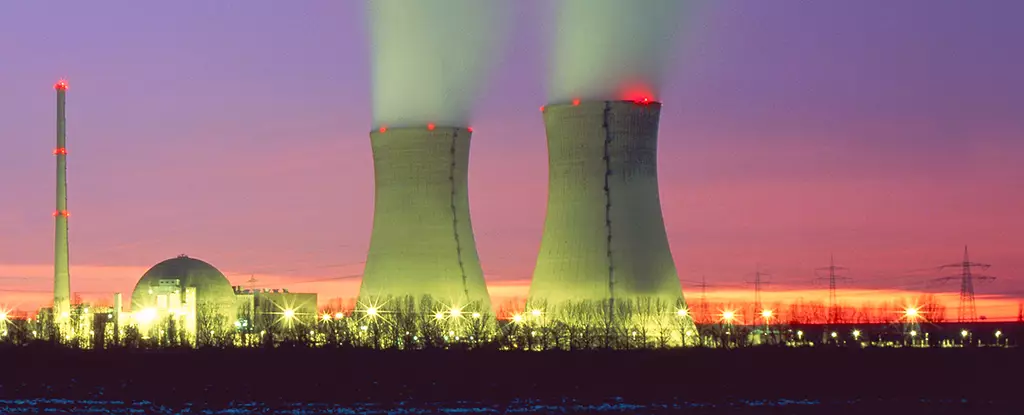The contemporary energy crisis alongside climate change demands innovative solutions. Among the alternatives, nuclear energy has often stood at the forefront for its ability to produce substantial amounts of power with minimal greenhouse gas emissions. However, it is frequently overshadowed by concerns regarding radioactive waste. A recent study from researchers at Ohio State University introduces a paradigm shift: utilizing nuclear waste to power microelectronics. This concept rests on the dual premise of transforming hazardous waste into a resource while addressing energy needs—a venture that instills hope yet carries its own set of complexities.
The Deceptive Nature of Waste
For decades, nuclear energy has been a double-edged sword. On one end, it offers an energy source that significantly reduces carbon footprints; on the other, it generates waste that could remain hazardous for thousands of years. When discussing the nuclear power sector, the predominant focus tends to be on the potential risks, which inadvertently clouds its benefits. The notion that we can turn this waste into a resource is nothing short of revolutionary, as posited by lead researcher Raymond Cao. By redirecting our perspective on radioactive waste—from perilous refuse to potentially invaluable energy sources—this research could transform the broader dialogue surrounding nuclear power.
While the technology to convert nuclear waste into electricity is still in its nascent stages, the progress made so far is noteworthy. The innovative approach harnesses ambient gamma radiation emitted by nuclear waste, utilizing scintillator crystals and solar cells to create nuclear batteries. The initial power outputs observed are not monumental by any means—288 nanowatts and 1.5 microwatts—but these are significant enough to constitute a breakthrough in nuclear battery technology.
The Road Ahead: Implementation and Ethical Considerations
While the idea of ‘nuclear batteries’ is promising, we must tread cautiously. The research team acknowledges the challenges of scaling up this technology; they must ensure that it meets the demanding radiation hardness requirements before widespread adoption. Furthermore, the primary application for these batteries will likely be close to nuclear waste facilities, limiting their public accessibility. This raises important ethical considerations regarding energy equity and accessibility—who benefits from nuclear batteries, and at what cost?
If successfully developed, these nuclear batteries could serve essential functions, such as powering sensors and monitors that demand minimal upkeep. The prospect of having devices that operate autonomously and safely near hazardous waste is appealing. However, we should be vigilant about potential public health concerns and the implications of normalizing the presence of radioactive materials within our communities.
Applying this technology in outer space is another intriguing prospect. It opens avenues not just for power in remote locations but also for robust sensor systems on long-term space missions. This could be a game-changer for exploration and research beyond Earth, turning waste into a cornerstone of energy production across the cosmos.
Public Perception: The Challenge of Acceptance
Despite the innovations and potential benefits, public perception will play a crucial role in the acceptance of nuclear batteries. A lack of trust in the nuclear industry, rooted in historical accidents and ongoing concerns surrounding waste management, makes the road ahead fraught with challenges. Transparency and effective communication will be vital in addressing the fears and skepticism of the public. Emphasizing safety, environmental benefits, and the scientific rigor applied in research will be crucial in fostering a more favorable opinion of nuclear energy as an integral part of the clean energy transition.
Moreover, proponents of nuclear energy must advocate for enhancements in regulatory frameworks, ensuring that any emerging technology surrounding nuclear power is governed by stringent safety protocols. The intricate balancing act of encouraging innovation while prioritizing public welfare is a task that cannot be overlooked.
The introduction of nuclear batteries holds significant promise in reimagining waste as a resource. As the world grapples with the pressing need for energy alternatives, this research stands as a harbinger of what’s possible when we approach challenges with innovation and forethought. However, the journey to acceptance will require not just scientific progress but also community engagement and policy advocacy to assure both safety and sustainability in our pursuit of cleaner energy futures.

